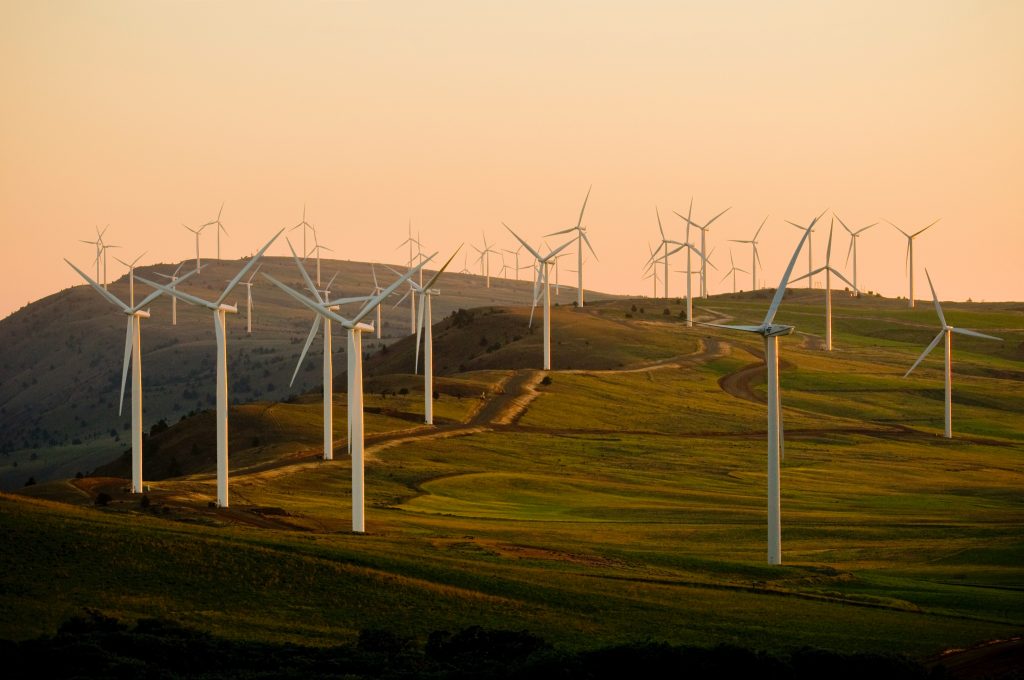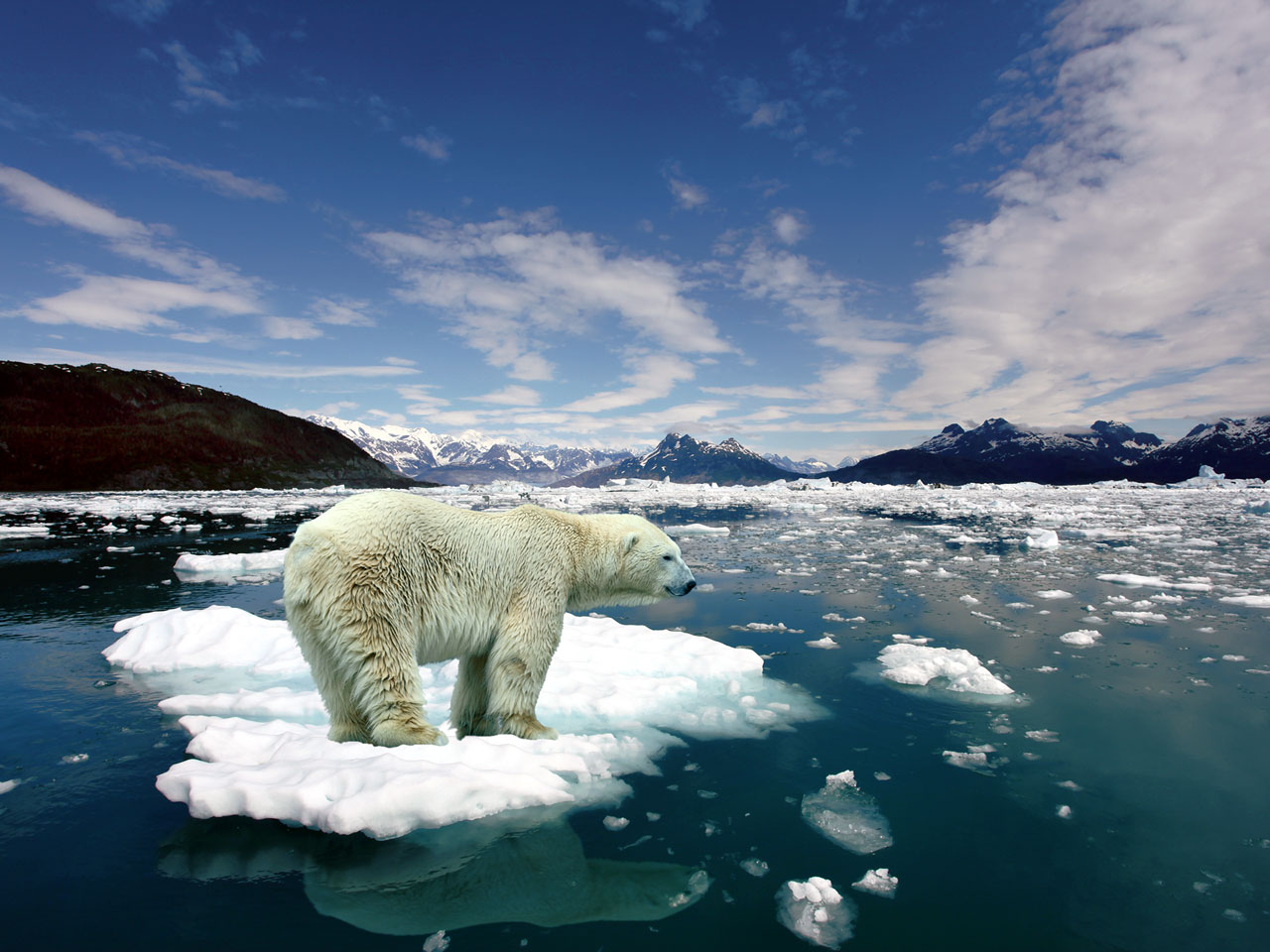The sustainable nature of our society is at very risk of being disrupted by the consequences of our own actions. Global warming is a reality, as acknowledged by most scientists around the globe. Its causes and dynamic are not difficult to comprehend. So, let’s have a brief look into it.
What is global warming?
Just a few decades ago, the potential threat of climate change and global warming was often dismissed by politicians and scientists.
Global warming refers to the gradual rise in surface temperature around the globe caused by the greenhouse effect, a trend that started in the last century and can be observed worldwide.
Lately, luckily, the situation is reversing and leaders around the world are starting to prioritize climate and include greener policies in their agenda.
The logic is simple, the consequences of inaction are likely to be disastrous for our future generations.

Why does global warming occur?
Our societies are creating a number of threats to the Earth’s ecosystem. Climate change is mainly triggered by the use of non-renewable mineral fuels such as coal and oil to produce electricity.
RELATED: Coal: Everything You Need To Know
The combustion of such fuels to produce energy, releases greenhouse gases, which in turn lead to the greenhouse effect.
The greenhouse effect refers to how the higher presence of greenhouse gases in the atmosphere increases the atmosphere’s temperature as they absorb higher amounts of reflected infrared sun radiation.
In addition to the greenhouse effect, global warming works like a vicious circle. In addition to the existing use of fossil fuels, the current global demand for commodities and their economic rewards foster the following cycle:
- Burning fossil fuels (such as coal or crude oil) releases greenhouse gases
- Farmers and companies burning rainforests reduce oxygen creation and increase drought effects
- Higher temperatures melt polar ice and permafrost, which in turn results in even higher temperatures
- Less ice leads decreases natural heat reflection, which in turn leads to less ice
- Melting ice raises sea levels, thus creating the danger of inundations on low coastal areas around the globe
This vicious circle has been measured by scientists around the globe who are trying to record the advance of this phenomenon.

What are the consequences of global warming?
As a consequence, global warming – which it is a trend unfortunately hard to stop and with highly disruptive effects. The problem manifests itself in a number of obvious forms:
- Higher average temperatures, with larger yearly variations
- Melting Ice
- Floods
- Fires
- Droughts
Recent examples of the consequences include the Katrina, El Nino, and an increasing number of droughts and fires around the globe.

How can we solve global warming?
Global warming is a big problem, and big problems require big solutions. It requires collaboration and commitment to reversing this trend between the governments around the globe. Solutions should be conceived for the long term and put in practice immediately.
Related: Wind Power: Everything You Need To Know
Main solutions include the progressive shift from fossil fuels to renewable energy sources: less coal and oil and more solar panel and wind farms.
Renewable energy should be fostered and innovation to overcome the dependency from fossil fuels.
Citizens around the world should understand the implications of the use of fossil fuel and strive to make environmentally conscious purchase decisions.








